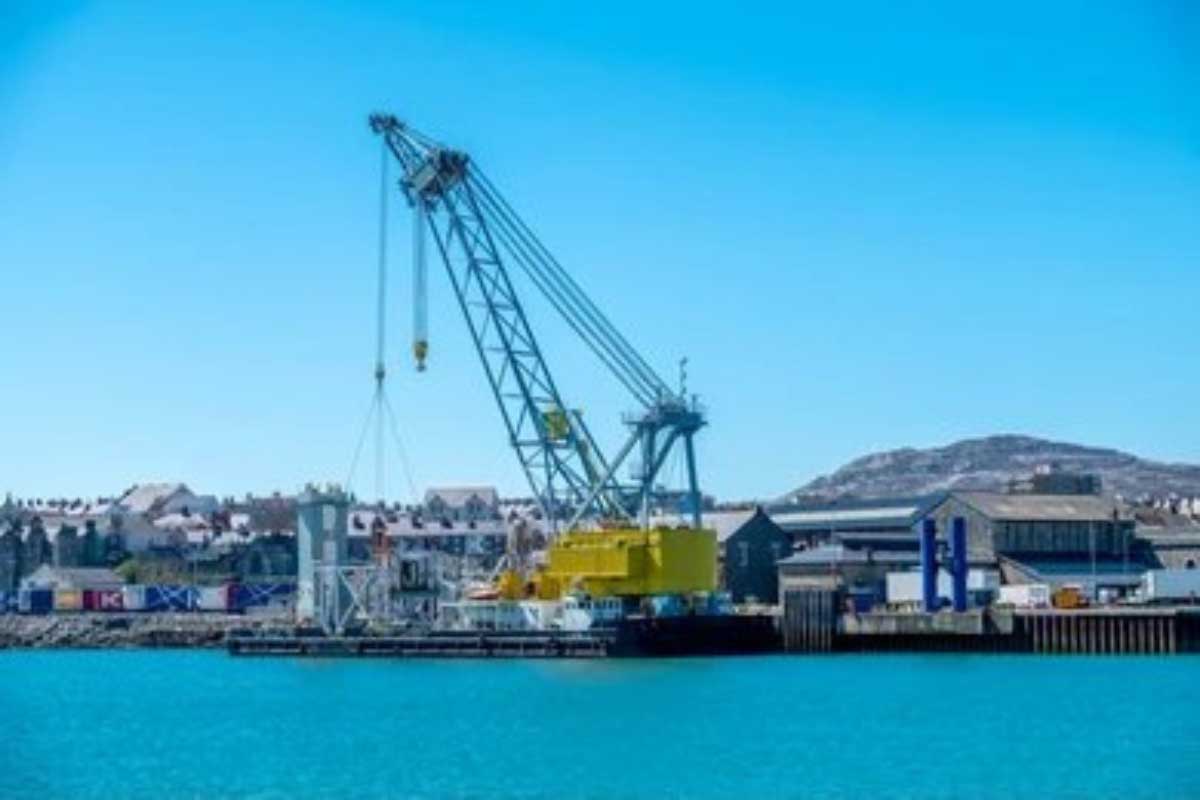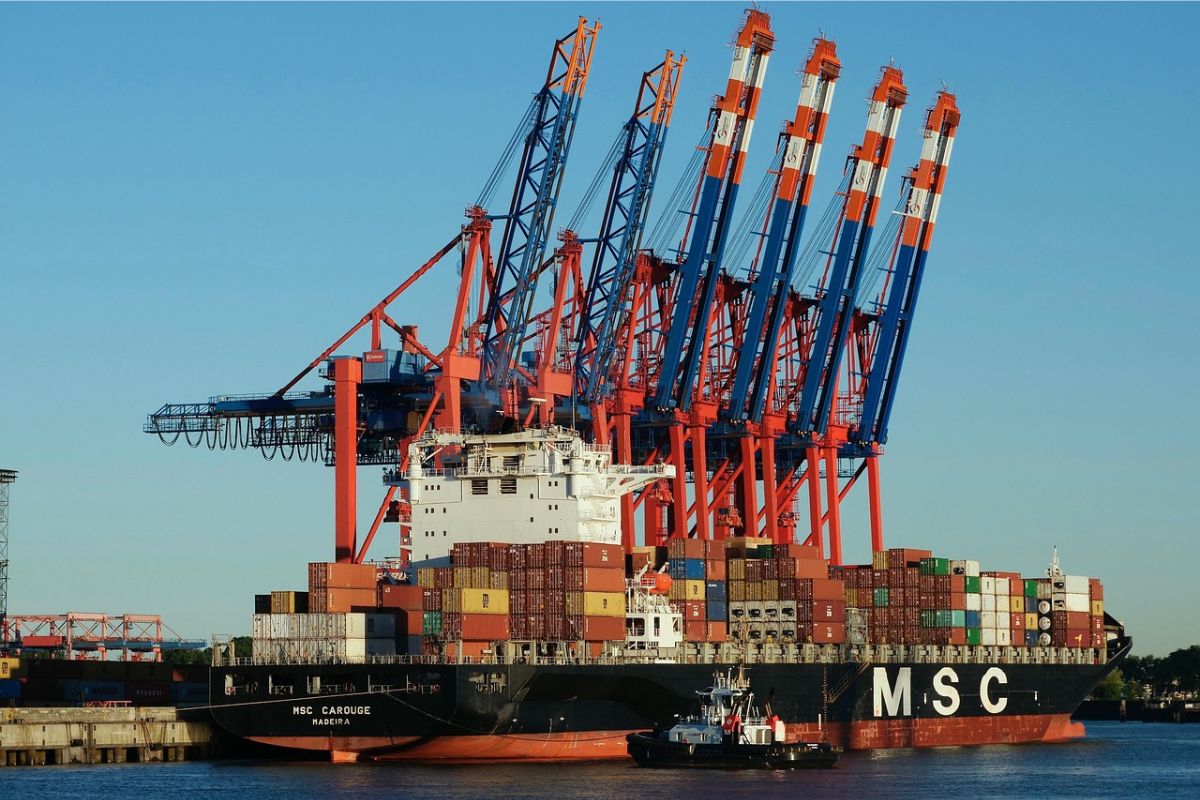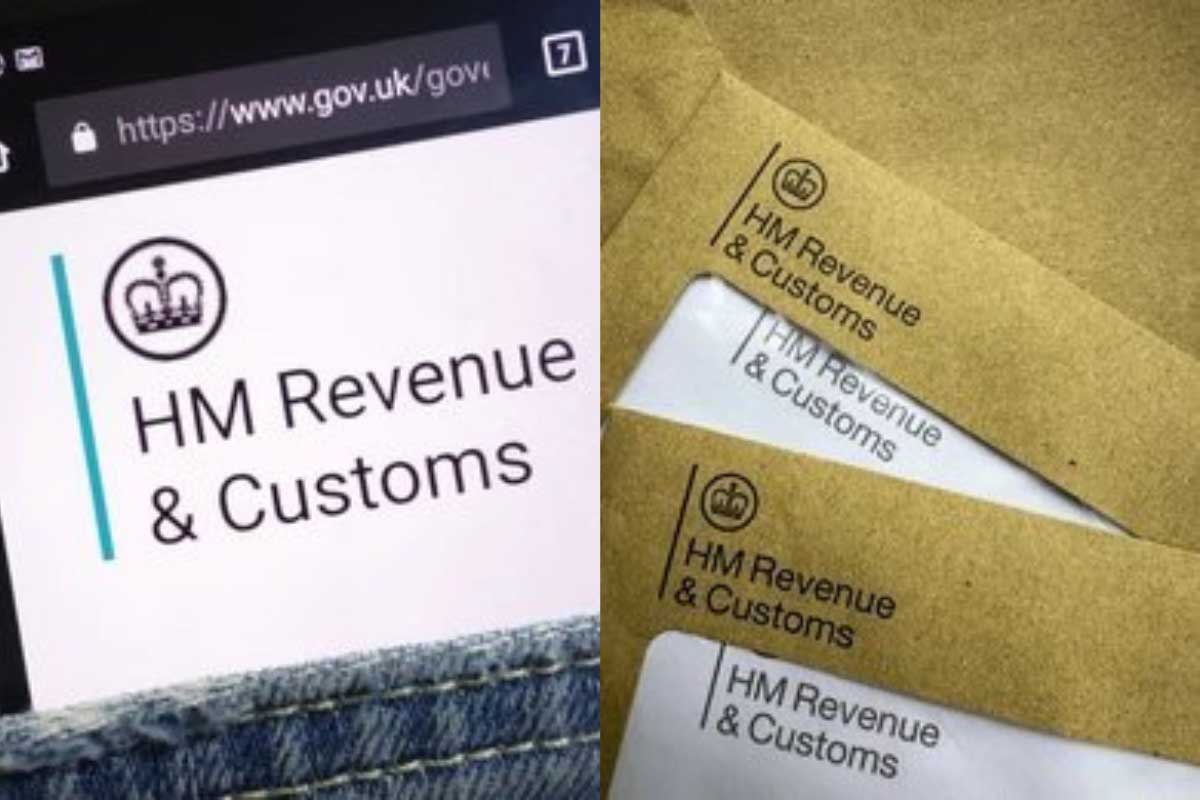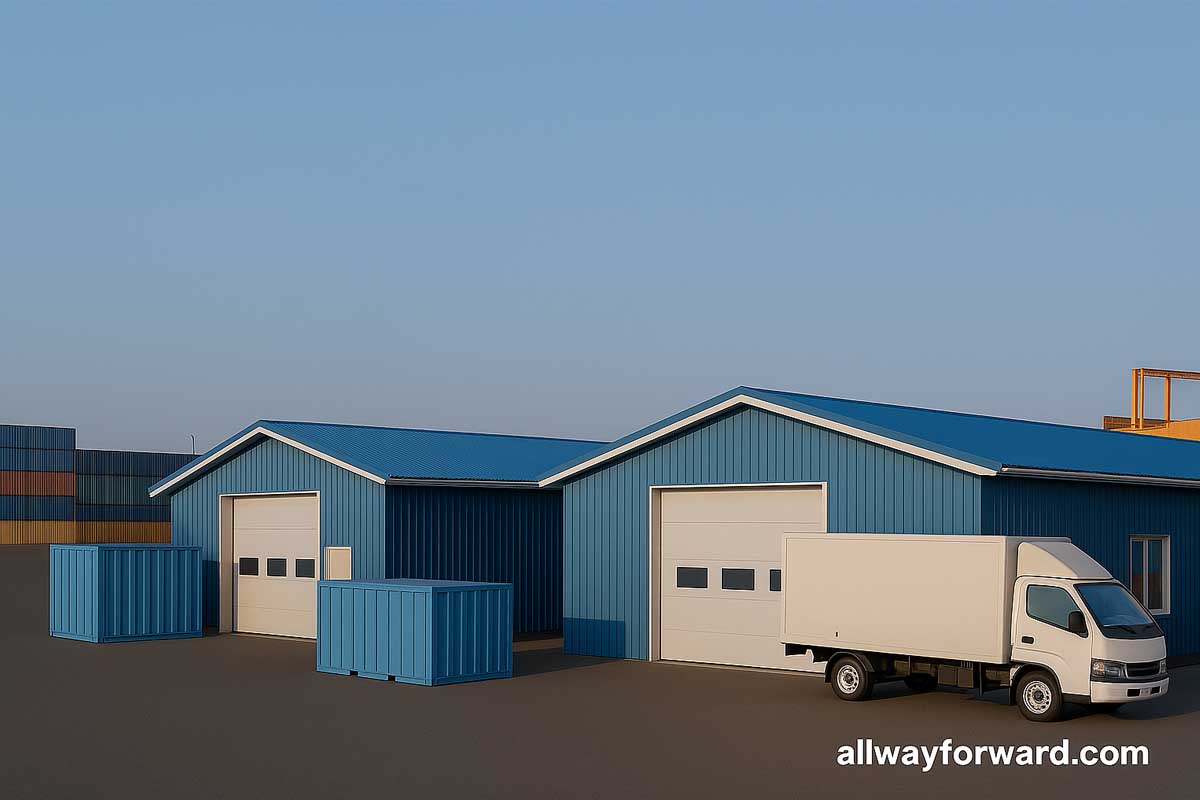Running a business in the UK brings out a deep understanding of the customs rules and regulations, which isn’t just helpful, but an integral part shipping from China to the UK. From legal documentation to complying with unique strategies and risk categorization, the UK’s highly flexible and customizable framework is ever evolving, and if you are one of the seasoned logistics experts or new to this business, navigating the UK’s customs rules and policies can help make a significant difference. Between an effortless delivery and an unexpected delay.
We are here to help you understand the key elements of the UK’s customs rules in 2025, along with the actionable tips to help you stay compliant, and keep your supply chain moving smoothly.
Key Changes to UK Customs Rules in 2025
Border Target Operating Model (BTOM)
One of the most noticeable changes that helped reform UK customs is the Border Target Operating Model (BTOM). Introduced in August 2023, BTOM was designed specifically to cut down the importation process, increase border security, and ensure that the UK’s biosecurity standards are well maintained.
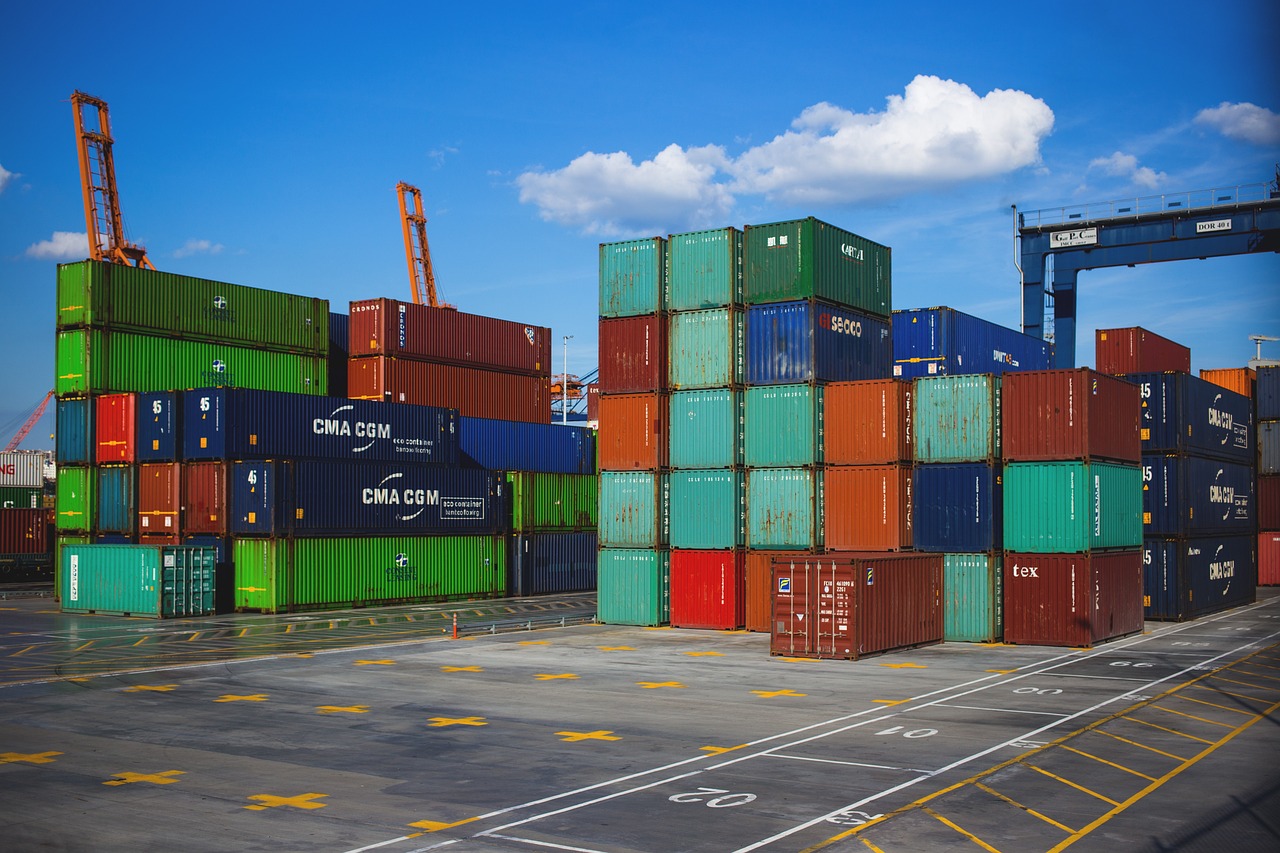
Major areas to look forward to in 2025:
- Entry Summary Declarations (ENS)are now necessary for all EU imports into the UK. This came into effect on 31st January, 2025, making it a significant shift for European business routes.
- The most anticipatedUK Single Trade Window, which is tailored to reduce carbon footprint while diminishing paperwork, creating a one-stop digital platform for all customs documentation. Although delayed, a new strategic implementation is expected by spring 2025.
- The Cerberus system, developed by the Home Office to detect anonymous threats and streamline inspections, is still under development due to ongoing legal compliance checks.
Data Requirements
The Government of UK is working to simplify the customs processes by cutting the number of mandatory data fields. This makes customs clearance processes much faster than before and less prone to human error.
Get to know about UK Customs Duties
Upon the arrival of goods at the UK border, they are assessed for a combination of duties and taxes.
These typically include:
- Customs Duty:Usually calculated as a percentage of your goods’ current value, with the rates being dependent on the HS code and country of origin. A standard import duty in the UK ranges from 0% to 25%.
- VAT (Value Added Tax):Imposed at 20% on the majority of the goods, based on the value of shipment, duties, and shipment cost.
- Excise Duties: Eligible on consumable goodssuch as alcohol, tobacco, and fuel.
- Anti-Dumping Duties:May certainly apply to specific products from various regions.
- Processing and Clearance Fees:Usually, these are passed on by the forwarders or customs brokers.
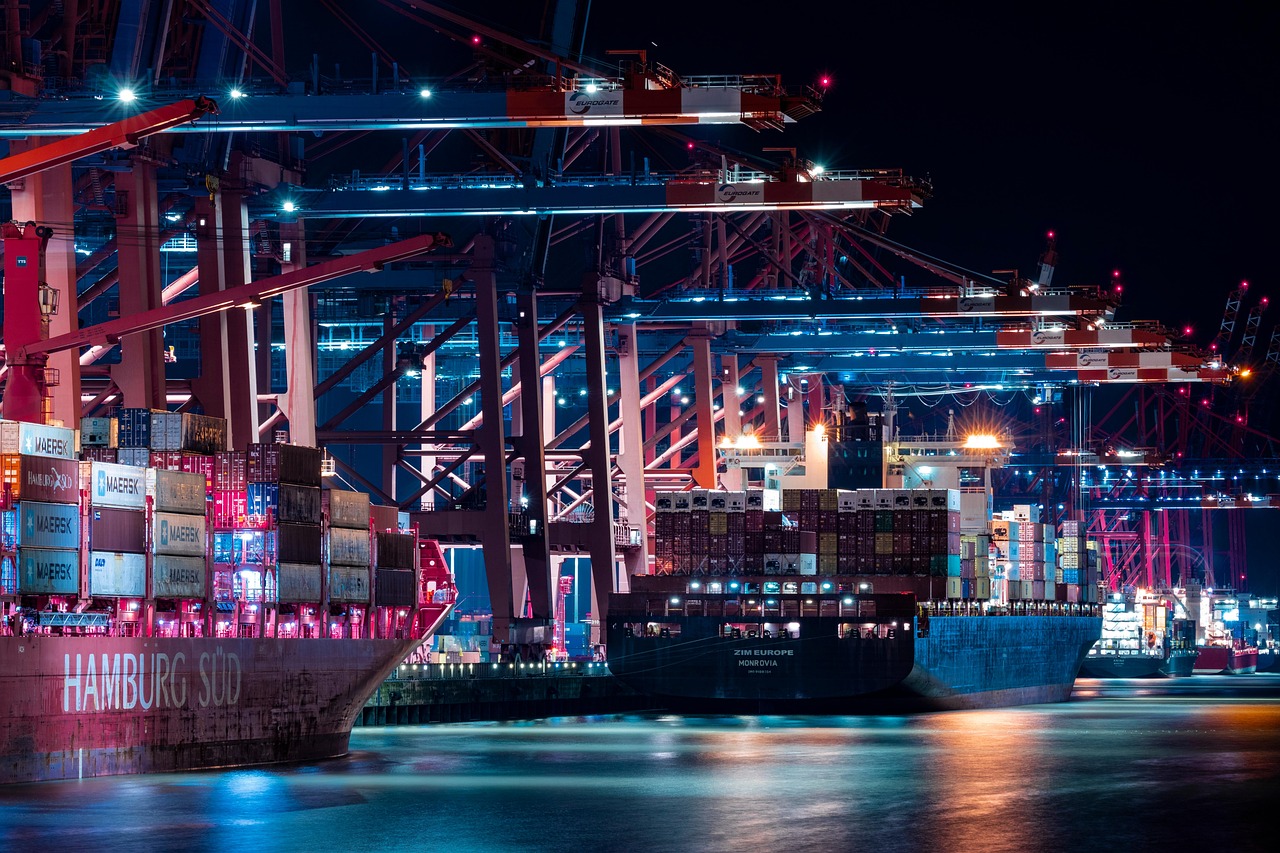
Steps for UK Customs Compliance in 2025
Always classify product risk correctly
Under the BTOM, imported goods are assigned to certain risk-based categories: low, medium, or high. Each category comes with different inspection, certification, and reporting requirements.
- Low-risk goodsmay pass through customs with minimal checks.
- Medium and high-risk goods(especially those of animal or plant origin) often require pre-notification and inspection at Border Control Posts (BCPs).
Obtain the Right Health Certifications
For medium or high-risk goods, secure the correct certifications in ahead of time:
- Export Health Certificates (EHCs) for animal-origin products
- Phytosanitary Certificates for plant-based goods
- Common Health Entry Documents (CHEDs) for controlled items
Ensure your suppliers are aware of UK standards, as delays in obtaining certificates can result in your goods being held at the border.
Use the Right Border Control Post (BCP)
BCPs are specialized facilities, equipped to inspect regulated goods. To stay prepare:
- Choose the correct BCP basedon product type and port of entry
- Pre-notify the BCP via the IPAFFS systemat least 24 hours before arrival
- Be ready for physical inspectionsand budget for inspection fees, which vary depending on the product and location
Submit Safety and Security (S&S) Declarations
Shipments entering the UK must now be accompanied by an S&S declaration, regardless of their origination. These declarations must include brief and detailed information such as:
- Shipment contents
- HS codes
- Origin country
- Details of all supply chain actors
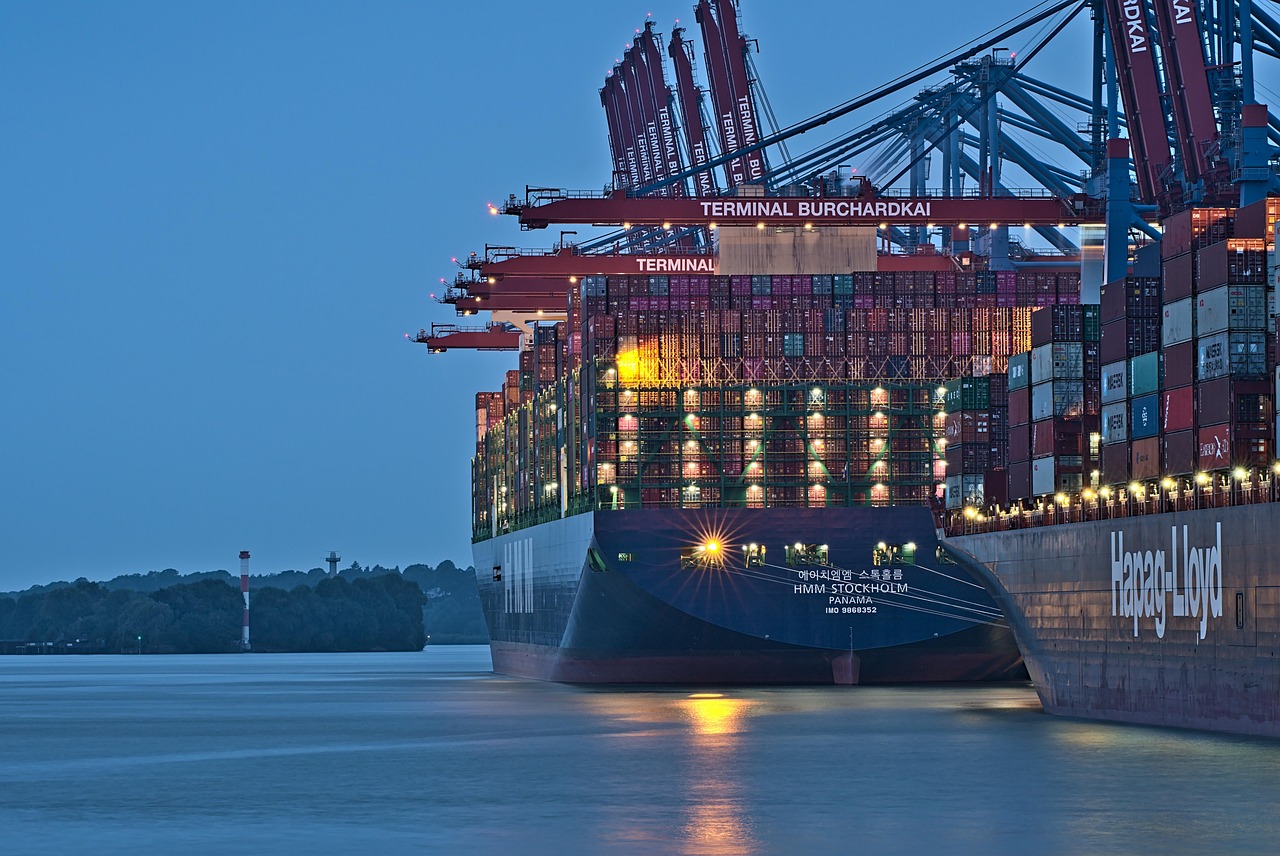
Overcoming Common Customs Challenges
Even experienced importers face obstacles with customs requirements. Here are the most common and how to address them:
Incomplete or Incorrect Documentation
Delays at customs are often due to documentation errors. Double-check:
- Commercial invoices for detailed and accurate product descriptions
- Packing lists for consistency in quantities and weights
- Certificates and declarations based on product type
- HS codes that match the product exactly
Working closely with your customs broker or freight forwarder can help reduce these mistakes.
Misclassifying Goods
Certain misclassifications under the risk-based model can lead to non-compliance, fines, or even rejected shipments. It’s essential to review risk categories regularly and consult with a panel of experts to adhere to the correct classification.
Gaps in Certification
Ensure your suppliers are aware of certification requirements and allow enough time for documentation. For food and agricultural products, third-party inspections before export can reduce delays and improve compliance.
Tips for Smooth Importing in 2025
Leverage Digital Tools
Automation and digital platforms can help simplify custom processes. Document management systems, shipment tracking tools, and real-time updates reduce the risk of errors and help with timely filing.
Tip: When booking, it’s always important to know about shipping documentation, cargo tracking number, and keep the communication gateway open with the logistics providers from a single dashboard.
Choose Reliable Partners
Customs compliance isn’t a solo job. Partnering with seasoned freight forwarders and customs brokers helps you navigate complex rules, interpret new regulations, and manage inspections.
Be Proactive with Compliance
The most important tip: don’t blindly trust your partners. Stay informed about customs developments and monitor your compliance status actively. This allows you to respond to changes quickly and avoid any disruptions.
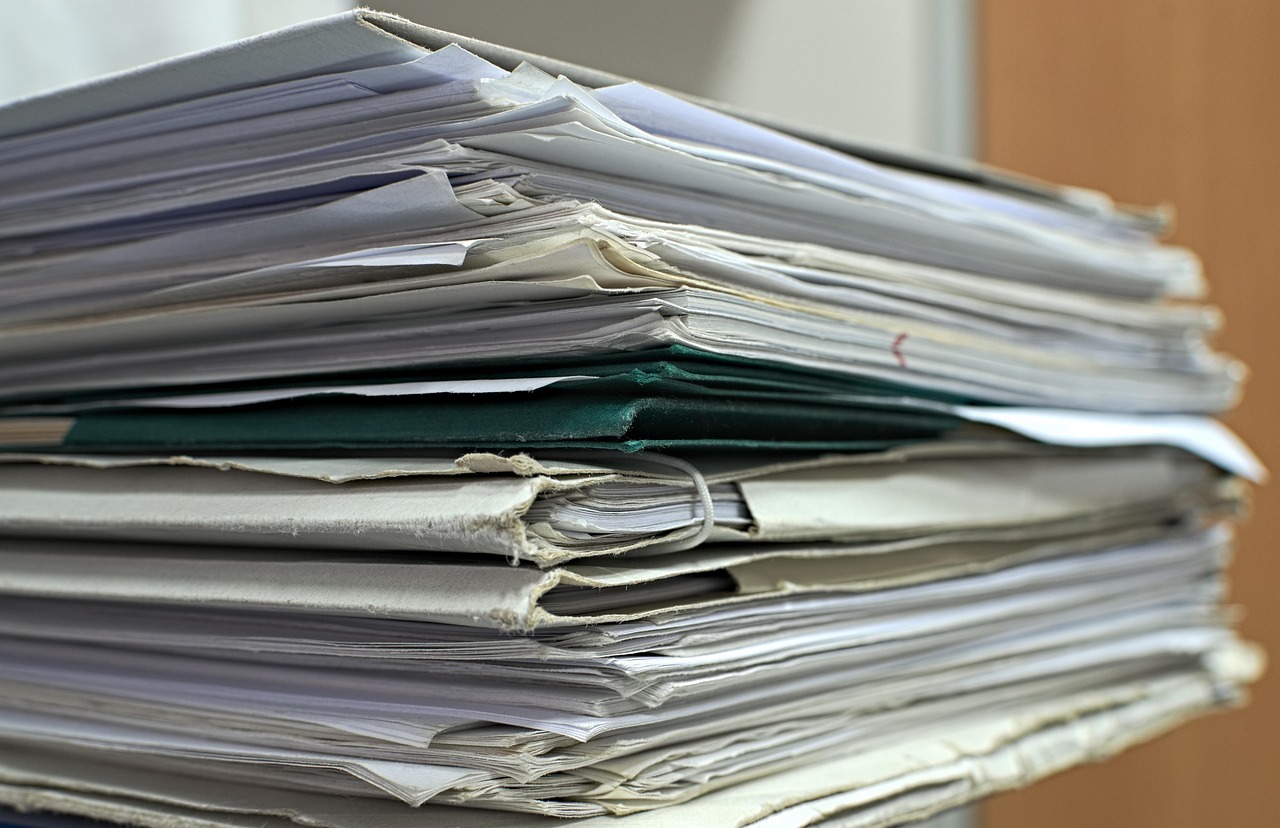
The Future of UK Customs
UK customs rules will continue to evolve, with greater digitalization, enhanced risk-based inspections, and tighter integration with international trading platforms.
By establishing strong compliance procedures, you are now staying more informed about future changes, and importers can remain competitive, agile, and ever ready for whatever they see ahead.
Conclusion
Surfing through the UK customs in 2025 needs more attention, preparation, and the proper support. From timely updated regulations under BTOM to evolving standards, the bars are setting up so high, but so are the tools and resources available to help you manage them. Staying active and sharp helps embrace technology, and working with trusted logistics partners allows you to keep your goods moving efficiently and always remain ahead of the game.
